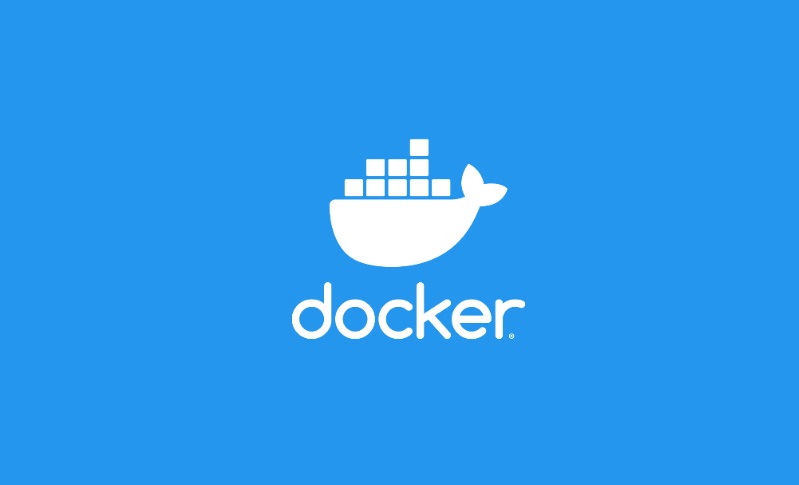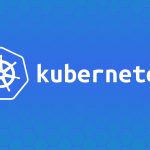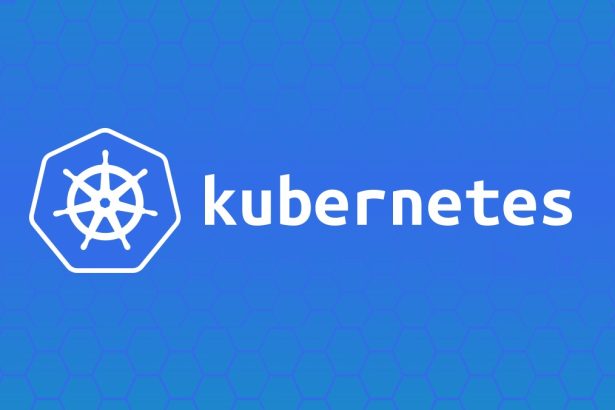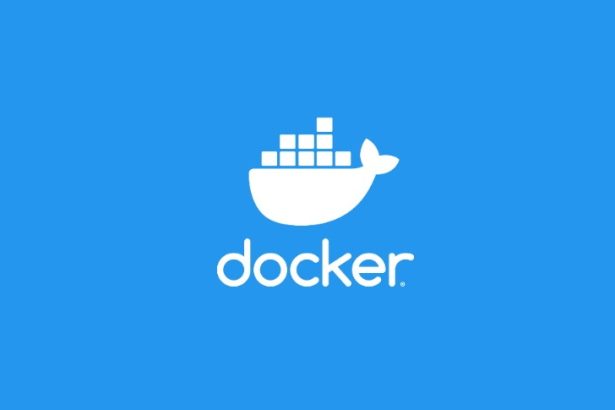Docker has revolutionized the way developers build, ship, and run applications. It allows you to package software and its dependencies into lightweight, portable containers, making deployment seamless and efficient. This beginner’s guide explores the fundamentals of Docker, the problems it solves, and how it enables better application management through containerization.
Whether you’re just getting started or looking to understand how Docker fits into your development workflow, this guide covers all the essentials, including the differences between containers and virtual machines (VMs), key Docker concepts like Dockerfiles and containers, and practical examples, including a Spring Boot setup.
Table of Contents
- The Problem Docker Solves
- Containers vs. Virtual Machines (VMs)
- Dockerfile, Image, and Container Explained
- Simple Hello-World Example
- Spring Boot Setup with Docker
- External Resources for Further Learning
- Final Thoughts
The Problem Docker Solves
Traditional Deployment Challenges
- Environment Mismatch: Developers often face the problem of “It works on my machine,” where code runs perfectly on one machine but fails in another environment (e.g., staging or production).
- Dependency Management: Different libraries, frameworks, or OS versions across environments can lead to compatibility issues.
- Resource Overhead: Virtual machines solve isolation challenges but are often resource-heavy and slow to start.
How Docker Solves These Problems
- Environment Consistency: Docker lets you package code, dependencies, and system configurations into a container. These containers behave identically on any machine running Docker.
- Lightweight Isolation: Containers share the host system’s operating system kernel, making them faster and more lightweight than VMs.
- Portability: Docker containers can run on any machine, whether local, on-cloud, or on-premise, as long as Docker is installed.
By introducing containers, Docker enables seamless deployment and ensures your application behaves predictably across different stages of development.
Containers vs. Virtual Machines (VMs)
What Are Containers?
A container is an isolated environment that includes your application, its dependencies, and configuration, but shares the host system’s kernel. Containers are lightweight, fast, and easy to manage.
What Are Virtual Machines (VMs)?
A virtual machine is a complete emulation of a computer system, including its own operating system (guest OS), sitting on top of the host operating system.
Key Differences
| Aspect | Containers | Virtual Machines |
|---|---|---|
| Startup Time | Starts in seconds | Takes minutes to start |
| Size | Lightweight (MBs) | Heavy (GBs) |
| Performance | Near-native performance | Slower due to OS overhead |
| Isolation | Process-level isolation | Full OS-level isolation |
Example: If you’re running 5 instances of an application, using containers is more efficient in terms of resource usage and startup time compared to VMs.
Dockerfile, Image, and Container Explained
Key Concepts in Docker
- Dockerfile: A script-like file containing instructions on how to build a Docker image.
- Docker Image: A read-only template that contains your application and all its dependencies. An image is built using a Dockerfile.
- Container: A running instance of a Docker image. It’s the actual environment where your application runs.
Dockerfile Example
A Dockerfile usually specifies the base image, application dependencies, and how to start the app.
Sample Dockerfile:
# Use a base image
FROM openjdk:17-jdk-slim
# Set working directory
WORKDIR /app
# Copy jar file into image
COPY target/demo-app.jar app.jar
# Run the application
ENTRYPOINT ["java", "-jar", "app.jar"]
Docker Image Lifecycle
- Build: You create an image using the
docker buildcommand with a Dockerfile. - Run: Use the
docker runcommand to create a container from the image. - Stop/Remove: A container can be stopped or removed when no longer needed.
Simple Hello-World Example
Step 1 – Install Docker
Download Docker Desktop from the official Docker website. Follow the installation instructions specific to your OS (Windows, macOS, Linux).
Step 2 – Pull a Docker Image
Run the following command to pull the official Docker “hello-world” image:
docker pull hello-world
Step 3 – Run the Docker Container
Launch a container from the pulled image:
docker run hello-world
When executed, Docker prints a “Hello, World!” message and explains the working of the container.
Step 4 – Container Management Commands
- View running containers:
docker ps - View all containers (stopped and running):
docker ps -a - Remove a container:
docker rm <container-id>
Spring Boot Setup with Docker
Step 1 – Create a Spring Boot Application
- Use Spring Initializr to generate a Spring Boot project (start.spring.io).
- Add dependencies like
Spring Web.
Step 2 – Add a Dockerfile
Create a Dockerfile at the root of your Spring Boot project.
Dockerfile:
FROM openjdk:17-jdk-slim
WORKDIR /app
COPY target/demo-app.jar app.jar
ENTRYPOINT ["java", "-jar", "app.jar"]
Step 3 – Build the Application
Run the following Maven or Gradle command to create a JAR file:
./mvnw clean package
This creates the JAR file under the target/ directory.
Step 4 – Build a Docker Image
Build the Docker image using the Dockerfile:
docker build -t spring-boot-app .
Step 5 – Run the Docker Container
Run a container from the image:
docker run -p 8080:8080 spring-boot-app
Your Spring Boot application is now accessible at http://localhost:8080.
Step 6 – Managing Containers
- Stop the container:
docker stop <container-id> - Remove the container:
docker rm <container-id> - Remove the image (optional):
docker rmi spring-boot-app
External Resources for Further Learning
- Docker Official Documentation
- Docker’s Hello World Example
- Virtualization on Wikipedia
- Spring Boot and Docker Integration
Final Thoughts
Docker is an essential tool for modern software development, offering a simple and efficient way to package, distribute, and run applications. By understanding the basics of Dockerfiles, images, and containers, you can take advantage of containerization to streamline your deployment pipeline.
From running a simple Hello World to containerizing a Spring Boot application, this guide equips you with the core concepts and practical steps to get started with Docker. Use Docker in your projects to achieve consistency, scalability, and deployment agility. Bookmark this guide and revisit it as you advance in containerization!



